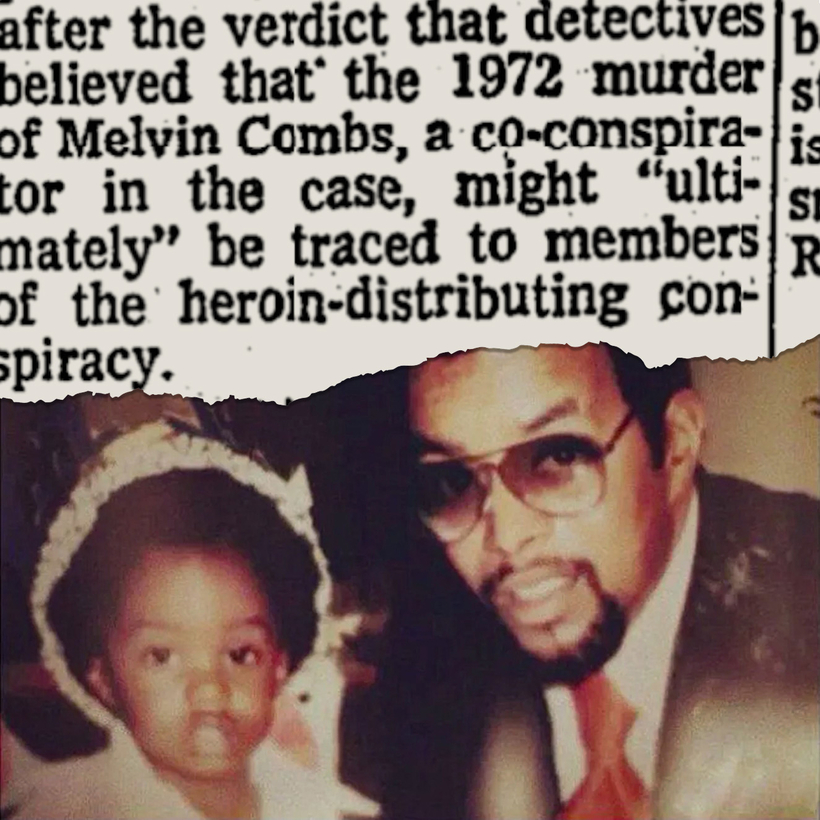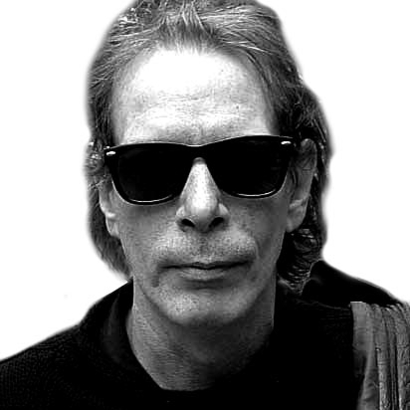I never paid too much attention to the West Coast–East Coast gangsta-rap wars of the 1990s, but I learned something interesting while finishing work on Pusherman: Frank Lucas & The True Story of American Gangster, a documentary about the notorious Harlem heroin dealer. Namely that Sean “Diddy” Combs’s father, Melvin Combs, had done business with Lucas and was murdered in his car, parked off of Central Park West in 1972, for being a suspected informer.
In fact, Lucas knew Diddy, though this was decades before he adopted the nickname. “Melvin used to bring [Diddy] over to my house every other day or a couple of times a week, at least,” said Lucas, who died in 2019. “And my daughter had one of those little rocking horses. She wouldn’t let him ride on it. She used to push him off the ride horse. I said, ‘Look at him now, he can build that ride out of million-dollar bills.’ That guy got rich, man. He played good, man. I’m proud to see him like that. That was Melvin Combs’s son. I’m glad he did that. I’m glad he went on. I pray for this kid, man. He’s doing good.”

Not any more, he’s not. Right now, Diddy is in federal custody at the Metropolitan Detention Center in Brooklyn, where his dorm-mate is none other than crypto fraudster Sam Bankman-Fried. Indicted on an assortment of charges of racketeering, sex trafficking, and transportation for purposes of prostitution, Diddy is facing years, if not decades, in prison.
Diddy himself only found out about his father’s grisly end when a search for Melvin’s name in the Howard University library turned up an old news report about the incident in the New York Amsterdam News.
Blue Magic
As my old friend Mark Jacobson reported in his 2000 New York–magazine story “The Return of Superfly,” Lucas dealt directly with his suppliers in Southeast Asia instead of going through the Mafia. He relied on a network of Black soldiers to smuggle coffins filled with drugs in military transport planes that delivered the dead to Air Force bases along the eastern United States seaboard. Lucas claimed these Black soldiers, cooks, carpenters, barbers, etc., were the army inside the army and would do anything for their Black commanding officer, Master Sergeant Ike Atkinson, if the price was right.
Since Lucas bought his smack for $4,200 a kilo instead of the $50,000 the Mafia was charging, he could sell his higher-quality product in glassine bags stamped “Blue Magic” at a discount, which allowed him to corner the market and reap up to a million dollars a day.
Melvin Combs, a small-time hustler, was introduced to selling heroin when Lucas fronted him several kilos from his Golden Triangle connection. He joined the crew of Willie Abraham, the 42-year-old owner of the Harlem Gold Lounge and a convicted heroin dealer who’d already spent five years in jail. Unlike Lucas, Abraham was getting his heroin from the Mafia—specifically, the Gambino crime family.

In 1971, Melvin was arrested for possession of heroin and $45,000 in cash. When Abraham’s heroin‐cutting mill was raided later that year, and Abraham was charged with participating in an extensive conspiracy to distribute $5 million a year in heroin at the wholesale level in Harlem, the Bronx, and Westchester County, Melvin was suspected by Alphonse “Funzi” Sisca, head of the Gambinos’ New Jersey crew, of being a rat.
On January 26, 1972, Melvin Combs was shot in the head. Diddy was three years old.
The New York Times reported that the prosecutor in the Abraham case told the judge that law enforcement believed Melvin’s murder “might ‘ultimately’ be traced to members of the heroin‐distributing conspiracy.”
Lucas consistently denied that Melvin was a rat, writing in his book, Original Gangster, “Melvin was the flashy but good-hearted guy that I’d been cool with for years. He’d gotten caught up in an indictment with Willie Abraham and his people. Willie was a big-time dealer who was also being watched by the feds. They brought him down and Melvin was shot and killed before the case went to trial. I heard rumors that people thought Melvin had given information to the cops. But I know that wasn’t true. I just know it. That wasn’t Melvin’s style.”
Still, when you’re facing 20 years in jail, maybe it’s better to be safe than sorry. But who did Melvin meet just off of Central Park West, the day he was shot to death?
Law enforcement believed Melvin’s murder “might ‘ultimately’ be traced to members of the heroin‐distributing conspiracy.”
Lucas might have given us a clue in his book. “I went down to [Lloyd Price’s Turntable Club] to check on operations there,” he wrote. “It was a good night, a good crowd.... There were several couples on the dance floor, dancing to a slow song.”At the club, Lucas bumped into “Pretty Boy Melvin,” whom he describes as “one of the few people I considered a friend.”
“Melvin had just started dabbling in the game. I’d sold him a few kilos here and there and we ended up becoming friendly,” Lucas wrote. When Lucas asked what he was up to that night, Melvin “looked around the club with one eye raised. ‘You know me,’ he said with a smile. ‘I’m just looking for some fun.’” What kind of fun? According to Lucas, “Melvin was the kind of guy you wanted in your club. The ladies loved him.”
Melvin was a player, a ladies’ man. So he probably would not have met with a member of the Gambinos, or even one of Willie Abraham’s male thugs, but might he have been just ballsy enough to meet one of the three women later convicted with Abraham?
There was Carol Holder, the wife of Errol Holder, one of Abraham’s associates; Abraham’s girlfriend, Margaret Logan; and Lavern McBride, who bought heroin from the Holders to sell to other distributors.
Or maybe it was one of the Black female heroin cutters who mixed the milk sugar into the pure heroin so that the glassine bags sold on the street contained only 2 or 3 percent dope, ensuring that a 98-percent-pure heroin kilo could be stretched out to a million-dollar racket. The female cutters were allowed to mix the dope only naked or in panties to keep them from stealing the product.

One thing that is for sure is that Angelo “Quack Quack” Ruggiero and Sisca, the two dope-dealing members of the Gambino family, were directly responsible for the murder of Gambino godfather Paul Castellano. Castellano had one rule his family was supposed to follow: no drug dealing, on punishment of death. Gambino boss John Gotti knew that Ruggiero was talking about dealing dope on F.B.I. surveillance tapes. Instead of handing the tapes over to Castellano, Gotti decided to get rid of “Big Paul” for good.
On Monday, December 16, 1985, as Gotti and Sammy “the Bull” Gravano sat in their car across the street from Sparks Steak House, four Gambino hit men shot Castellano and his bodyguard Tommy Bilotti to death.
Gravano turned state’s witness and helped convict Gotti for Castellano’s murder, among numerous other charges. But the murder of Melvin Combs remains unsolved to this day.
Legs McNeil is a co-author of Please Kill Me: The Uncensored Oral History of Punk and The Other Hollywood: The Uncensored Oral History of the Porn Film Industry


